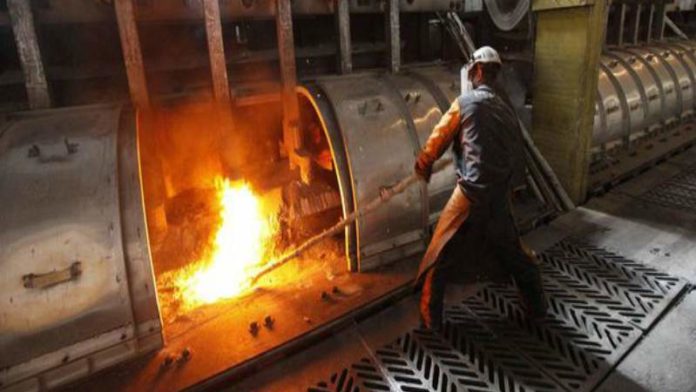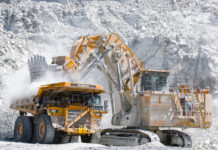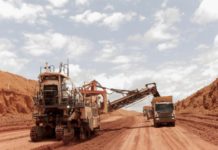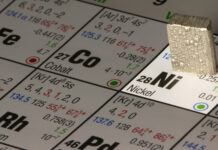
SOUTH32, an Australian-headquartered diversified mining company listed on the Johannesburg Stock Exchange, has tended to take the back seat when it comes to the commodity price euphoria attached to mining shares.
This is probably down to the fact that it doesn’t have the minerals and metals – namely iron ore and copper – that’s been causing the stir in the mining universe.
Instead, South32 produces things like aluminium and metallurgical coal and, until recently, the unpopular thermal coal. It does, though, mine nickel and zinc in Colombia and Australia respectively.
The share’s popularity, however, could enjoy an upswing if Graham Kerr, CEO of South32, is right that there are grounds for the improvement in the aluminium price, already underway. In the past, robust demand for the metal has been more than matched by supply from China. However, it’s forecast that Beijing’s drive to improve carbon emissions will retard China’s ability to respond to future aluminium demand peaks in the future.
“I think it’s going to be the absolute metal of the future,” said Kerr in an interview.
Aluminium is first mined as bauxite ore and then processed to produce alumina, an oxide. That is then smelted into aluminium which South32 does at its Hillside and Mozal facilities in South Africa’s Richards Bay facility and the Mozal plant in Mozambique.
Goldman Sachs said in a recent report that aluminium was “… in the early stages of a multi-year bull market”. By way of illustration, pricing for aluminium was likely to average $2,450 per ton this year rising to an average of $3,250/t in 2023, the bank said.
This is good news for South Africa and Mozambique.
“If you think about South Africa if you can keep Hillside, and we’ve got Mozal in Mozambique, I think this would position us uniquely well to go into Europe. I believe that’s going to be a major component …” of South32’s short-term growth strategy, said Kerr.
It also helps reverse the narrative that South32 is ex-growth South Africa following the divestment in June of its 92%-owned South African Energy Coal to Seriti Resources, and the closure last year of its manganese alloy facilities in Gauteng’s Meyerton.
This optimism about aluminium does come with a rider, however. At the heart of the surge in green aluminium demand lies a paradox, according to a report by Goldman Sachs. The metal is a key input required to produce decarbonising technologies yet its own production is highly carbon-intensive.
According to the bank, producing aluminium generates 2% of all global emissions. The hope is that future pricing of aluminium will capture a ‘green margin’ to incentivise investment in expensive green production whilst also meeting growing demand.
Kerr described the South African government’s decision to lift the threshold for unlicenced self-generated electricity to 100MW from 10MW as “a positive surprise” and while it doesn’t directly assist with creating energy alternatives for Hillside power-intensive manufacturing – where a new 10-year power deal is currently being assessed by Nersa – it will provide Eskom with the time to focus on grid flexibility and efficiency.
More efficient, greener power means more competitive aluminium in car parts which will fall under carbon tax scrutiny, especially by customers in developed economies.
“Hillside sells roughly 30% of the product domestically, which obviously goes to Hulett [Aluminium],” says Kerr. “A lot of that product will end up as car parts and if those car parts are going to continue to be used in making of cars that go into Europe, they need to find a way or else they’re going to put tariffs on them.”










